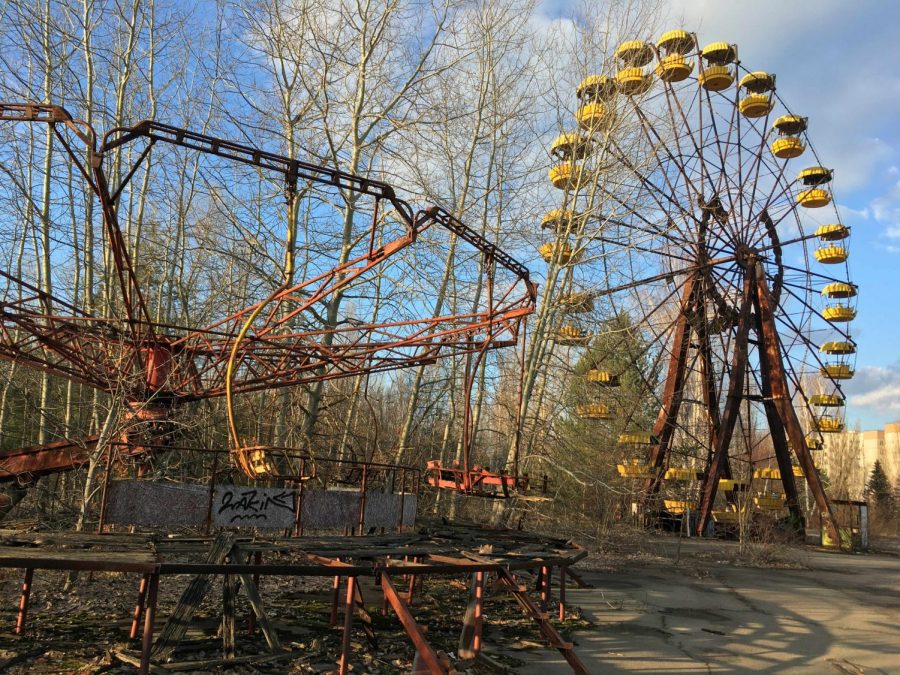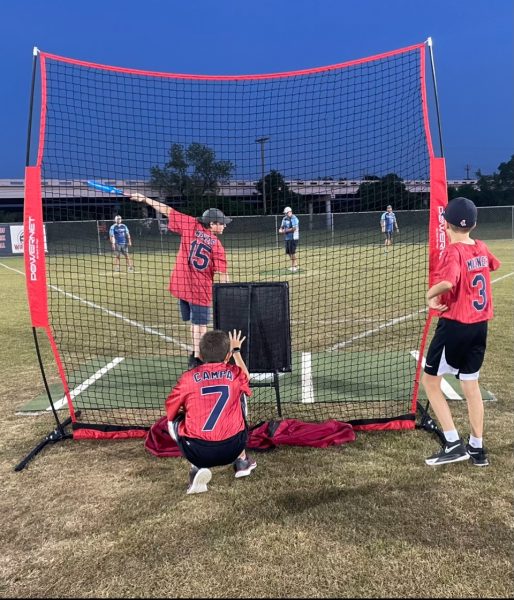Six Famous Ghost Towns
Ghost towns. These famous pictures of what the world was like years ago have haunted an intrigued people for years and years. Today, I’m going to take a look at some prominent and famous ones.
6:
Oradour-sur-Glane

Some Ghost Towns are abandoned because of financial reasons: no more oil to support business. Some are abandoned from disasters: a nuclear bomb makes a town a hazard. However, this tiny town was abandoned to become a monument. In 1944 on June 10th, one of the worst massacres of French civilians in World War Two history happened. A Nazi detachment of troops killed 642 of the residents and burned the town to the ground. Only a handful of people survived, those who did playing dead then fleeing to the forest later.
After the war, the town was rebuilt a short way away from the old town. The French President at the time declared that the old town was not to be tampered with, as it was a monument to the victims. It still stands there, it’s bicycles and cars gathering rust, it’s graveyards untended, and it’s stores left to decay. The only modern establishment is a museum to the massacre.
5:
Varosha, Cyprus
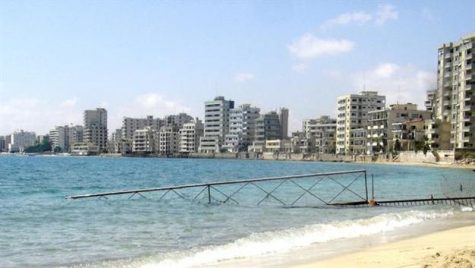
In the 1970’s, Varosha was home to picture-perfect beaches and one notable resort in particular where many a famous person had stayed. However, in 1974, Turkey invaded Cyprus, taking land in a response to a Greek-nationalist attempt at taking over their government. The town’s 15,000 residents evacuated leaving huge amounts of valuables behind. They figured that they could return and pick up their left-behind-wealth when fighting ended, but it hasn’t been that simple.
Political issues have caused the town to remain uninhabited and heavily guarded. Some have returned to explore the town, however. Today, it stands as a creepy shrine to the 70’s, with old clothes in shops and cars still left from about 44 years ago.
4:
Goldfield, Arizona
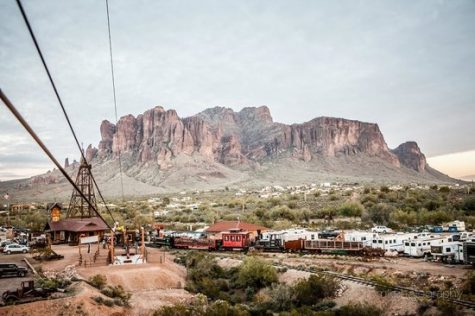
This tiny town out in Arizona was once a small town out west, with a few buildings and a school house to boot. As the name would suggest, the town found amounts of high-quality gold nearby. However, after just 5 years, all the high-grade gold to be found had run out, and you can be sure no-one stuck around in the hot Arizona weather for long after that. But lucky for the little town, in 1920 a gold mining company swooped in, reviving the town with better mining tech. But, once again, after 6 years, all the gold ran out and almost everybody left. During WW2, one hotel in the town housed soldiers and their families. After the war, everyone left. No-one at all resided there, as far as I know.
However, this little town just wouldn’t stay down, and in modern years the town is inhabited by a crew of actors who stage mining tours, rides on old trains, and even mock shootouts. The town is now a good place to spend a week in the middle of the desert.
3:
Bodie, California
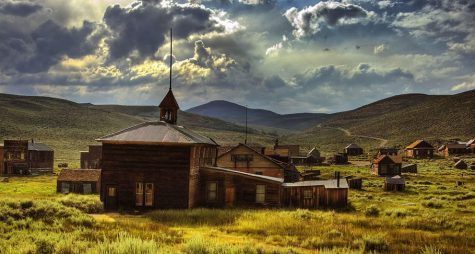
Like many towns in the West, Bodie was a mining town. Gold was mined there for years and years. However, following the mining town tradition, the town soon fell into decline when the major mining company left it’s area. An attempt was made to revive the town from it’s downfall, but the inevitable happened soon enough. after WW2, mining had totally stopped and the town was down to three residents, all caretakers hired by the family that owned the town.
Nowadays, it is an official ghost town. Visitors can look around the town’s ruins today.
To me, it’s easy to see why everyone left after the town lost it’s mines. The town hosts a rare Sub-Arctic climate, with snow falling all but two months of the year and a record low of -36 degrees. However, it also has a record high of 91 degrees. I would not want to live there.
2:
Fordlandia, Brazil
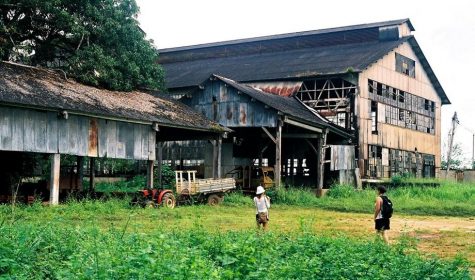
You may have already guessed what this town was about from the name. Fordlandia, named so subtly after it’s creator, was created by Henry Ford to harvest rubber trees in the area for his cars. Things go of to a bad start, with leaf fungus claiming many of the trees. Things didn’t get better, and heavy restrictions on the Brazilian workers caused said people to have disputes with American superiors. The anger accumulated with a riot by the workers that resulted in the destruction of the mess hall with machetes. Trucks were also pushed into rivers.
Clearly, money wasn’t being made, so $20 million dollars later, Henry Ford sold the area to Brazil for pennies to what he’d paid for it. Now, the area stands as a small tourist destination to those brave enough to venture in.
1:
Chernobyl, Ukraine
Chernobyl, Ukraine. Possibly the most famous nuclear disaster of all time.
It was April, 1986. Workers at Reactor 4 were going about their semi-normal lives, tending to the nuclear reactor located just outside of Chernobyl in Pripayat. However, today was not to be a normal day. Right before the plant was scheduled for review, a series of things went wrong. In short, workers inexperienced in reactors, moved the power down too much, then power skyrocketed. Steam explosions ensued, but the crew was not worried: they thought the reactor was still intact and therefore not very dangerous. This was because of two factors:
1: The radiation level was huge but the crew thought it was only 3.6 rontgen because the nuclear monitored could only show up to 0.001 rontgen per hour so they had to assume the level. In reality, the radiation level was 20,000 rontgen. 500 rontgen is considered lethal.
2: They thought that the reactor was still intact, which would put plenty of lead protection between them and the radiation (even though there were pieces of evidence the core has melted down, like pieces of it strewn around the plant). This would mean that, because they wore no protective gear, they were subject to almost all of the radiation. One inch of lead will half radiation passing through it, so several feet will protect against most radiation, but otherwise there is virtually no way to stop it.
Aftereffects
Almost all the crew died of the radiation weeks later, and so did many firefighters who were not told that the plant fire was because of radioactivity. Pripayat and Chernobyl were evacuated. Directly after the incident, 29 people had been killed, but the UN estimates that from 4,000 to 9,000 people died total due to the radiation.
However, not everyone left the towns. People still live in Chernobyl (almost all elderly), and they go about their normal lives, farming and eating their crops.
Chernobyl is now a tourist site, believe it or not. You can visit: in a guided tour, that is.
From whispers of gold quickly depleted to crazy climates and nuclear disasters, ghost towns can be found all around the world for many, many reasons. So get out there! Do some research and find out about some new places! Maybe you’ll even be tempted to go out and have a look for yourself.

Baker Tuthill is in 8th grade and went to Spicewood elementary. He takes BIMM, Theatre and Newsmedia. He has one younger brother who is in 5th grade....
















